Healthy Eating After 50
“Food just doesn’t taste the same anymore.”
“I can’t get out to go shopping.”
“I’m just not that hungry.”
Sound familiar? These are a few common reasons some older people don’t eat healthy meals. But, choosing healthy foods is a smart thing to do—no matter how old you are!
Here are some tips to get you started:
• Eat many different colors and types of vegetables and fruits.
• Make sure at least half of your grains are whole grains.
• Eat only small amounts of solid fats and foods with added sugars. Limit saturated fat (found mostly in foods that come from animals)and trans fats (found in foods like store-bought baked goods and some margarines)
• Eat seafood twice a week.
Two Plans For Smart Food Choices
The Dietary Guidelines for Americans, 2010 from the U.S. Department of Agriculture (USDA) and Department of Health and Human Services (HHS) describes two eating plans. Eating a variety of foods from each food group in either plan will help you get the nutrients you need.
Your doctor may want you to follow a certain diet because you have a health problem like heart disease or diabetes. Or, you might have been told to avoid eating certain foods because they can change how well your medicines work. Talk to your doctor or a registered dietitian about foods you can eat instead.
Here’s a tip: Stay away from “empty calories.” These are foods and drinks with a lot of calories but not many nutrients—for example, chips, cookies, soda, and alcohol.
The second eating plan is called the DASH Eating Plan. DASH stands for Dietary Approaches to Stop Hypertension. DASH is a lot like the Food Patterns, but following this plan can help you lower your blood pressure. See For More Information at the end of this AgePage to find out more about DASH.
How Much Should I Eat?
How much you should eat depends on how active you are. If you eat more calories than your body uses, you gain weight. What are calories? Calories are a way to count how much energy is in food. The energy you get from food helps you do the things you need to do each day. Try to choose foods that have a lot of the nutrients you need, but not many calories.
Just counting calories is not enough for making smart choices. Think about this: a medium banana, 1 cup of flaked cereal, 1-1/2 cups of cooked spinach, 1 tablespoon of peanut butter, or 1 cup of 1% milk all have roughly the same number of calories. But, the foods are different in many ways. Some have more of the nutrients you might need than others do. For example, milk gives you more calcium than a banana, and peanut butter gives you more protein than cereal. Some foods can make you feel fuller than others.
Here’s a tip: In the USDA Food Patterns, eating the smallest amount suggested for each food group gives you about 1,600 calories. The largest amount has 2,800 calories.
| How many calories do people over age 50 need each day?
A woman: • who is not physically active needs about 1,600 calories • who is somewhat active needs about 1,800 calories • who has an active lifestyle needs about 2000–2,200 calories A man: • who is not physically active needs about 2,000 calories • who is somewhat active needs about 2,200-2,400 calories • who has an active lifestyle needs about 2,400-2,800 calories Here’s a tip: Aim for at least 150 minutes of physical activity each week. Ten-minute sessions several times a day on most days are fine. |
| Read the Label
At first, reading labels on food packages may take some time. The facts there can help you make better food choices. Labels have a Nutrition Facts panel. It tells how much protein, carbohydrates, fats, sodium, key vitamins and minerals, and calories are in a serving. The panel also shows how many servings are in the package—sometimes what looks like one serving is really more. Each label also has an ingredients list. Items are listed from largest amount to smallest. |
Having Problems With Food?
Does your favorite chicken dish taste different? As you grow older, your sense of taste and smell may change. Foods may seem to have lost flavor. Also, medicines may change how food tastes. They can also make you feel less hungry. Talk to your doctor about whether there is a different medicine you could use. Try extra spices or herbs on your foods to add flavor.
Maybe some of the foods you used to eat no longer agree with you. For example, some people become lactose intolerant. They have symptoms like stomach pain, gas, or diarrhea after eating or drinking something with milk in it, like ice cream. Most can eat small amounts of such food or can try yogurt, buttermilk, or hard cheese. Lactose-free foods are available now also. Your doctor can test to see if you are lactose intolerant.
Is it harder to chew your food? Maybe your dentures need to fit better, or your gums are sore. If so, a dentist can help you. Until then, you might want to eat softer foods that are easier to chew.
Do I Need To Drink Water?
With age, you may lose some of your sense of thirst. Drink plenty of liquids like water, juice, milk, and soup. Don’t wait until you feel thirsty. Try to add liquids throughout the day. You could try soup for a snack, or drink a glass of water before exercising or working in the yard. Don’t forget to take sips of water, milk, or juice during a meal.
What About Fiber?
Fiber is found in foods from plants—fruits, vegetables, beans, nuts, seeds, and whole grains. Eating more fiber might prevent stomach or intestine problems, like constipation. It might also help lower cholesterol, as well as blood sugar.
It is better to get fiber from food than dietary supplements. Start adding fiber slowly. That will help avoid unwanted gas. Here are some tips for adding fiber:
• Eat cooked dry beans, peas, and lentils often.
• Leave skins on your fruit and vegetables if possible.
• Choose whole fruit over fruit juice.
• Eat whole-grain breads and cereals.
Drink plenty of liquids to help fiber move through your intestines.
Should I Cut Back On Salt?
The usual way people get sodium is by eating salt. The body needs sodium, but too much can make blood pressure go up in some people. Most fresh foods contain some sodium, especially those high in protein. Salt is added to many canned and prepared foods.
People tend to eat more salt than they need. If you are 51 or older, about 2/3 of a teaspoon of table salt—1,500 milligrams (mg) sodium—is all you need each day. That includes all the sodium in your food and drink, not just the salt you add. Try to avoid adding salt during cooking or at the table. Talk to your doctor before using salt substitutes. Some contain sodium. And most have potassium which some people also need to limit. Eat fewer salty snacks and processed foods. Look for the word sodium, not salt, on the Nutrition Facts panel. Choose foods labeled “low-sodium.” Often, the amount of sodium in the same kind of food can vary greatly between brands.
Here’s a tip: Spices, herbs, and lemon juice can add flavor to your food, so you won’t miss the salt.
What About Fat?
Fat in your diet comes from two places—the fat already in food and the fat added when you cook. Fat gives you energy and helps your body use certain vitamins, but it is high in calories. To lower the fat in your diet:
• Choose cuts of meat, fish, or poultry (with the skin removed) with less fat.
• Trim off any extra fat before cooking.
• Use low-fat dairy products and salad dressings.
• Use non-stick pots and pans, and cook without added fat.
• Choose an unsaturated or monosaturated vegetable oil for cooking—check the label.
• Don’t fry foods. Instead, broil, roast, bake, stir-fry, steam, microwave, or boil them.
Keeping Food Safe
Older people must take extra care to keep their food safe to eat. You are less able to fight off infections, and some foods could make you very sick. Talk to your doctor or a registered dietitian, a nutrition specialist, about foods to avoid.
Handle raw food with care. Keep it apart from foods that are already cooked or won’t be cooked. Use hot soapy water to wash your hands, tools, and work surfaces as you cook.
Don’t depend on sniffing or tasting food to tell what is bad. Try putting dates on foods in your fridge. Check the “use by” date on foods. If in doubt, toss it out.
Here’s a tip: Make sure food gets into the refrigerator no more than 2 hours after it is cooked.
Can I Afford To Eat Right?
If your budget is limited, it might take some planning to be able to pay for the foods you should eat. Here are some suggestions. First, buy only the foods you need. A shopping list will help with that. Buy only as much food as you will use. Here are some other ways to keep your food costs down:
• Plain (generic) labels or store brands often cost less than name brands.
• Plan your meals around food that is on sale.
• Divide leftovers into small servings, label and date, and freeze to use within a few months.
Federal Government programs are available to help people with low incomes buy groceries. To learn more about these programs, contact the Eldercare Locator listed under For More Information to find your local Area Agency on Aging.
Where Else To Learn About Health Wellness
Here is another great resources.














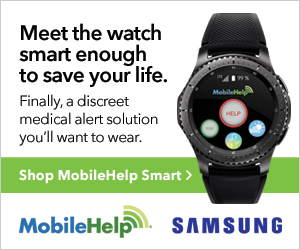

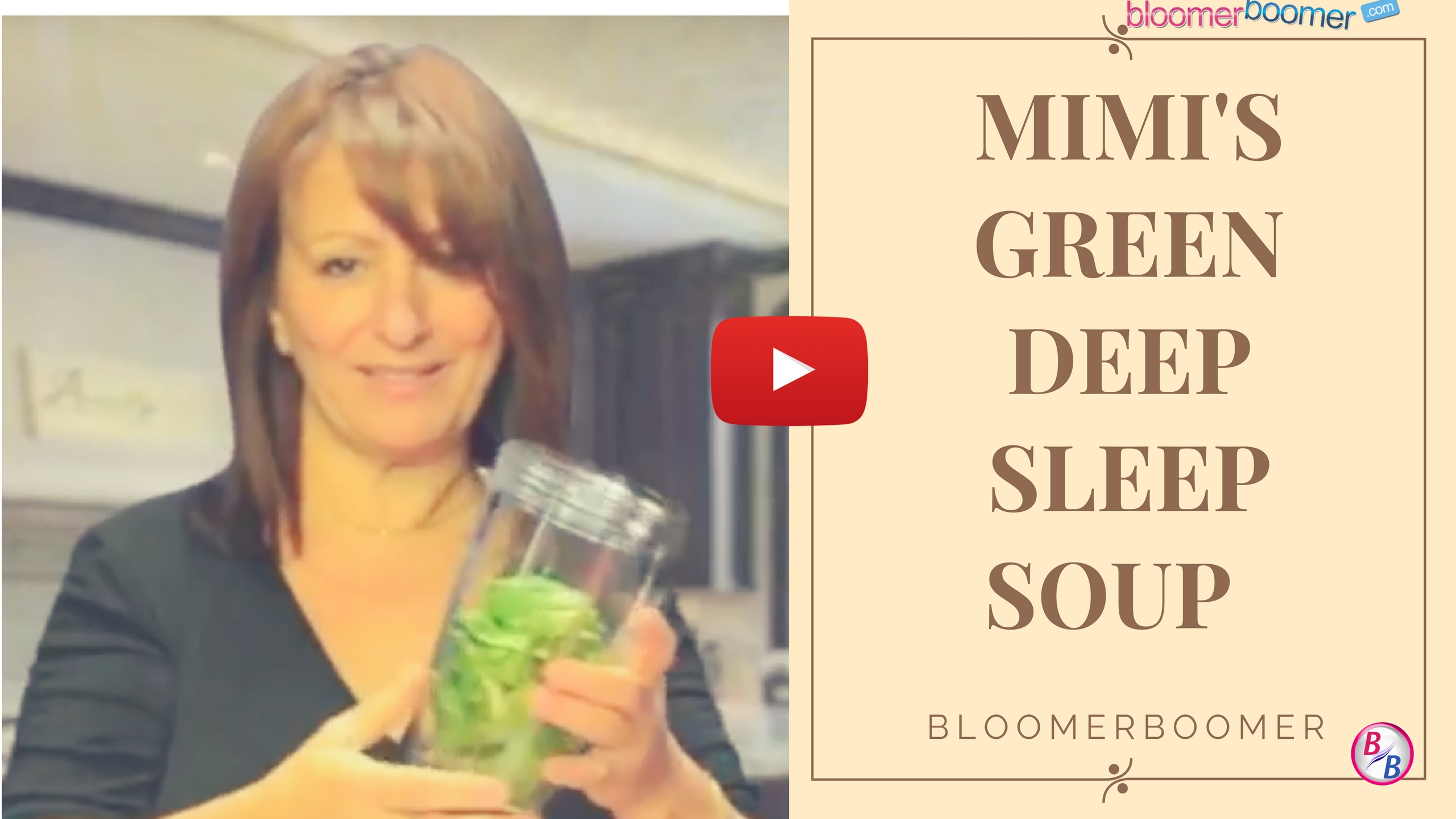



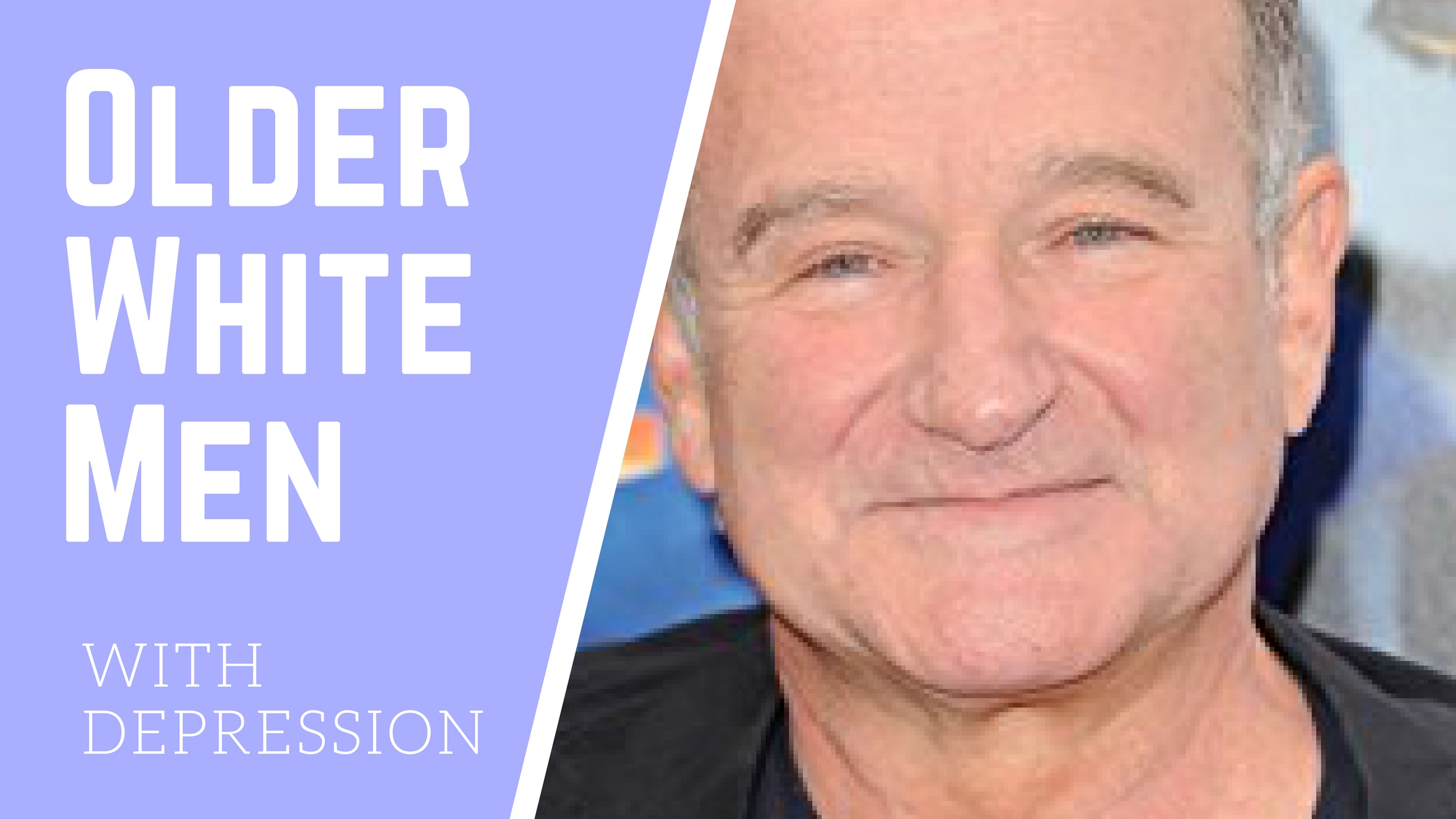


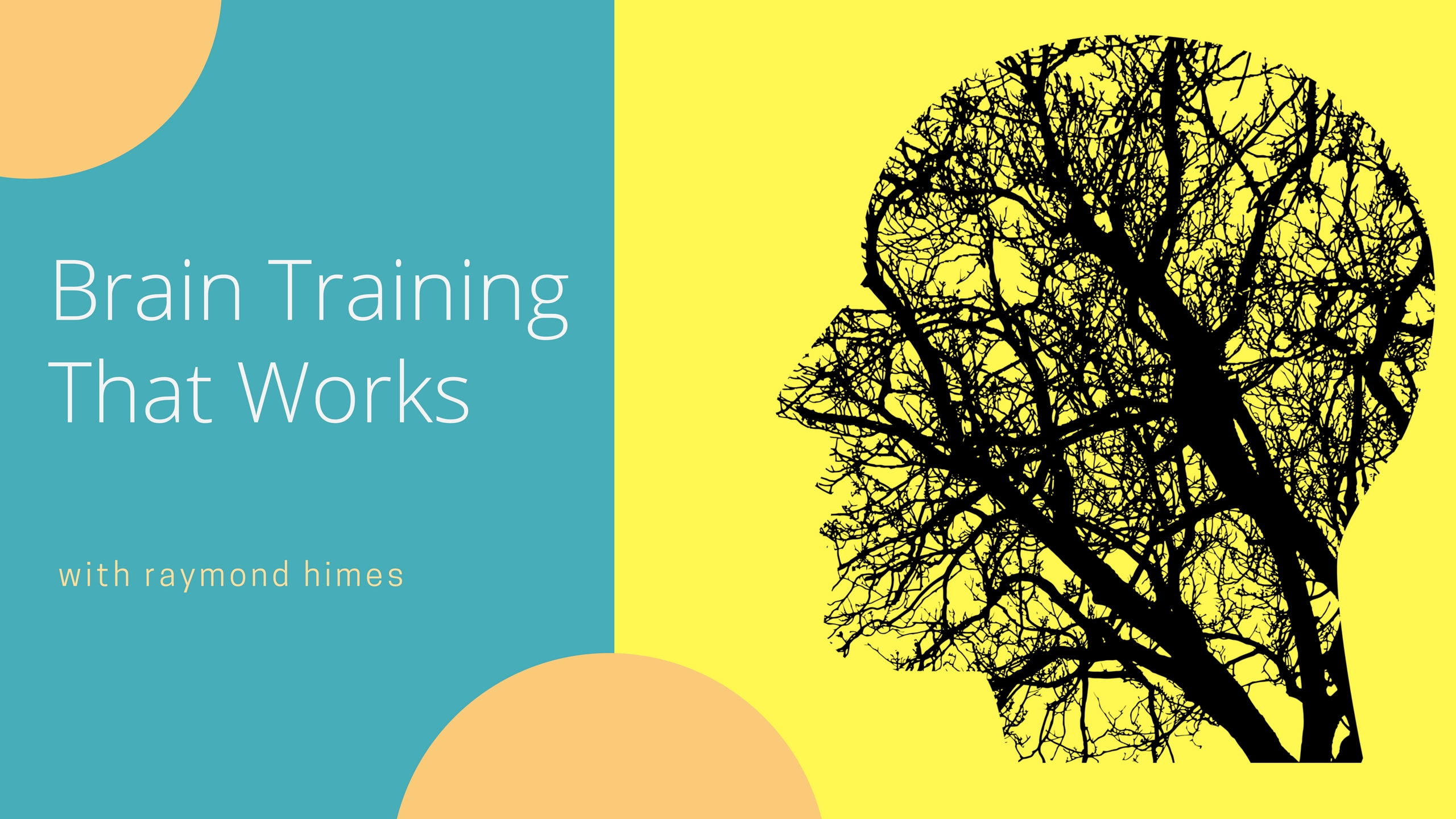
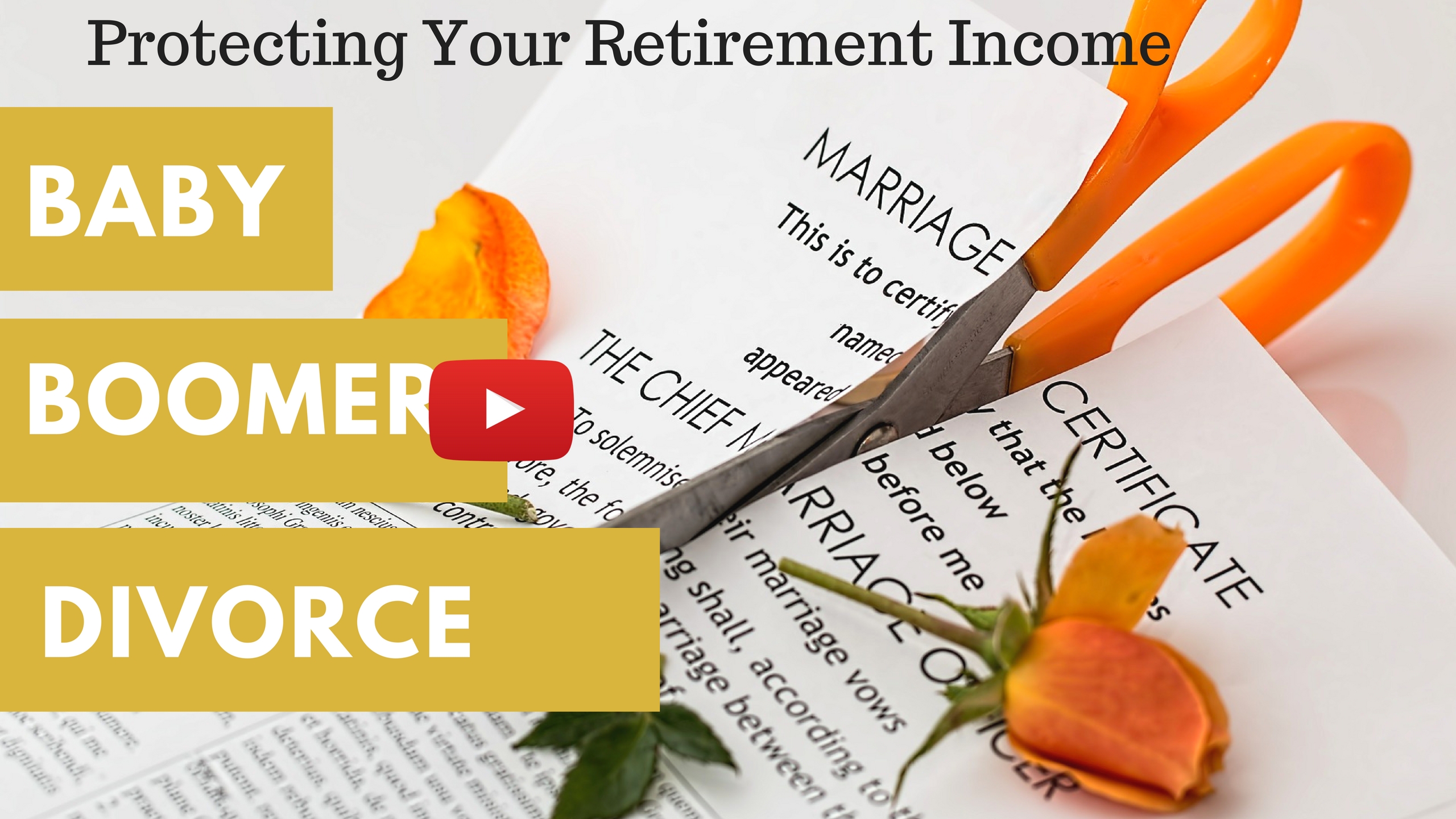


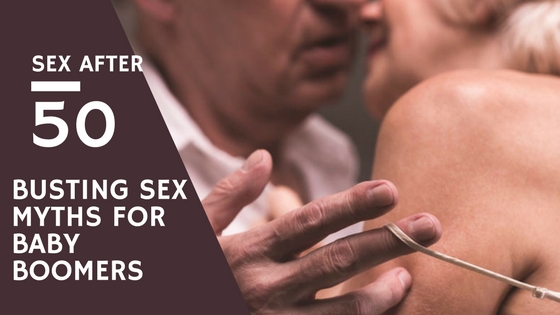








What you can and can’t eat when pregnant does seem cofnsuing to start with but if you follow a few simple rules it should become clear. • Cheese soft mould-ripened or blue cheese should be avoided, i.e. cheese that has a blue vein in it or the type of skin or crust that is found on cheese such as Brie or Camembert. Unpasteurised soft cheeses, such as those made from sheep and goat’s milk are also best avoided. • Eggs you only need to avoid raw or undercooked eggs. • All salad dressings that you buy in supermarkets, such as mayonnaise, will have been made using pasteurised egg and are therefore quite safe. Cook eggs until the yolk and white are not runny any more. Be careful about eating home-made products such as chocolate mousse and fresh mayonnaise in delis which may contain raw egg. • Other dairy products unpasteurised milk and dairy products made with unpasteurised milk are best avoided as they are more likely to carry bacteria that could give you food poisoning. • Pate9 all pate9 should be avoided, whether made from meat, fish or vegetables. • Meat and meat products it’s fine to eat meat, but make sure it is cooked thoroughly and there are no pink or red bits and that the juices run clear, especially if it’s cooked on a barbecue, or as part of a ready meal. Cured meat products, such as Parma ham and salami, also carry a risk and are best avoided. • Oily fish is good for you and your baby but it can contain environmental pollutants. Have no more than two portions of oily fish a week such as mackerel, sardines and trout so you get all the benefits of omega-3 fatty acids, but also cut the risk from the pollutants. Limit tuna to no more than two tuna steaks a week or four medium-size cans of tuna a week. Avoid shark, swordfish and marlin altogether because of the high levels of mercury in these fish, which could harm your baby’s developing nervous system. • Finally, when you’re handling or preparing food, make sure you follow strict food hygiene guidelines such as washing your hands, keeping utensils and surfaces clean, using separate utensils for raw meat from those being used for ready-to-eat food, and following cooking and storage instructions carefully. Was this answer helpful?